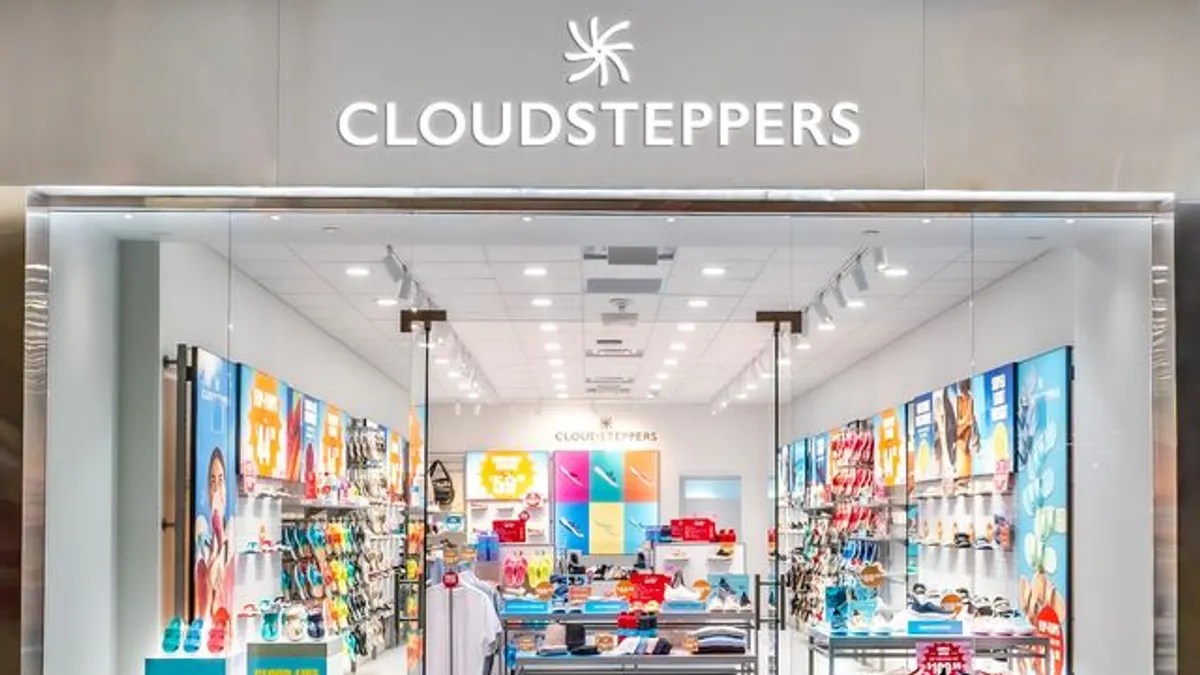Controversy over raising the minimum wage has been brewing anew for a couple of years. Protests from fast-food and retail workers, often supported by the Service Workers International Union (SEIU), have taken the push to increase wages to a tipping point for many companies.
Multiple polls say that 70% to 80% of Americans support an increase to the minimum wage. And three out of five (61%) small-business owners with employees support the proposed Fair Minimum Wage Act, which would raise the national minimum from $7.25 to $10.10 in three phases, says a survey from the American Sustainable Business Council and Business for a Fair Minimum Wage.
The pressure—particularly the “Fight for $15” push for a $15 minimum wage—has led a few large retailers to re-examine payment policies. Gap Inc. was among the first to announce a salary hike last year for associates working for its five brands, upping its minimum wage to $10 starting this year.
TJX, the parent of T.J. Maxx, Marshalls and HomeGoods, will raise its base wage to $9.00 per hour beginning in June, promising another $1.00 boost in February 2016. Even longtime holdout Wal-Mart plans to start paying its 1.3 million workers in the United States at least $9.00 in 2015, and $10.00 in 2016.
Publicizing a pay raise
Each of the companies made headlines with their announcements, earning points for attempting to treat low-wage employees a better in the absence of (or perhaps in lieu of) a federally-mandated minimum wage. Some went so far as to promote the moves as examples of good corporate citizenship.
While noting that it raised pay partly due to the fact that it needs more skilled associates in the emerging omnichannel environment, Gap heralded its intent to do right by employees by sending officials to speak at a White House minimum-wage summit last spring.
“Our company’s values have long set us apart from others in the industry,” a FAQ page announcing the change last year said. “Our promise, ‘to do more than sell clothes,’ is a direct quote from our co-founder, Don Fisher, who challenged us to be broader than a commercially-driven company.”
Big-box furniture retailer Ikea also made hay of raising its average minimum hourly wage in U.S. stores to $10.76 as of Jan. 1. But by pinning the wage to the MIT’s Living Wage Calculator, it was soon found, certain Ikea stores will pay more than average, while others may pay less than $9.00 an hour.
“It’s a sad state of affairs when companies that pay some of their workers poverty-level wages are celebrated for their beneficence,” an op-ed in the Washington Post read. “And it reflects well upon the American public that companies see a minimum pay hike as a good PR move.”
Increases can be seen as insufficient
Other large chains pay employees more and get press only when compared to a lower-paying rival. Costco Wholesale pays employees at least $11.50 per hour, for instance, with its average worker making an estimated $21 an hour without overtime; Zappos pays call-center employees $14.50 an hour.
As a result, many increases looked like weak tea—particularly for Wal-Mart, which had opposed them for so long. “Wal-Mart’s promise of $10 an hour—which, even for a full-time worker, is not enough to keep a family of four out of poverty—is meager,” said Christine Owens, the National Employment Law Project’s executive director, in a statement.
But it is an indication that companies are responding to the public outcry. “Without pressure from us, I don’t think they would have taken this initiative,” Anthony Rodriguez, a Wal-Mart employee picketing with Organization United for Respect at Wal-Mart (OUR Wal-Mart), told Forbes. “It’s a great start—it’s not what we want, but it’s a great start.”
Employees of utmost importance
In the absence of a complete consensus, the minimum wage will likely continue to be an important factor in building public perceptions for retail brands—for better and worse.
How a company treats its employees is the leading factor behind consumers’ determination whether or not a company is socially responsible, says Nashville-based marketing firm Good.Must.Grow. According to its 2015 Conscious Consumer Spending Index, 64% of survey respondents feel it’s important to buy from socially-responsible companies, up from 62% in 2014.
“There is a creeping percentage of the country that is actively pursuing ‘do-good’ brands,” Heath Shackleford, founder of Good.Must.Grow., told Retail Dive. “If a retailer can be on the right side of the discussion, there’s no downside.
“That said, it had better be meaningful,” he added. “The average consumer is fairly skeptical of companies and the claims they make. You want to be seen as credible. You don’t want to look like a company that’s been dragged kicking and screaming into something, rather than seen as taking a position you believe in.”





















